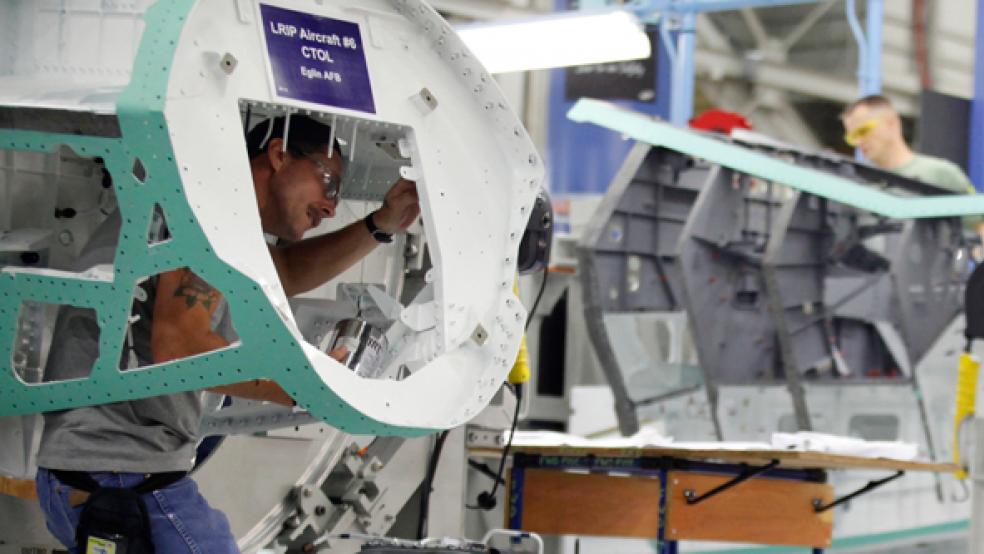A yearlong investigation by the Senate Armed Services Committee has identified more than 1,800 cases of counterfeit electronic parts from China being incorporated into complex U.S. military hardware – without defense contractors taking effective steps to halt the trade.
It was the second major report documenting the widespread use by Pentagon contractors of Chinese-made counterfeit parts, which are often based on stolen intellectual property. In 2008, the Defense Department’s Bureau of Industry and Security identified nearly 10,000 incidents of counterfeit goods entering the defense supply chain.
The Chinese government has so far refused to crack down on the illegal suppliers. The government also refused visas to Senate committee staff, who wound up traveling to Hong Kong to investigate the trade.
“Our report outlines how this flood of counterfeit parts, overwhelmingly from China, threatens national security, the safety of our troops and American jobs,” Sen. Carl Levin, (D-Mich.) said. “It underscores China’s failure to police the blatant market in counterfeit parts – a failure China should rectify.”
But the problem of counterfeit Chinese goods based on stolen intellectual property isn’t unique to defense. An International Trade Commission report issued a year ago found the U.S. economy lost $49 billion and one million jobs to Chinese counterfeit goods. The crime went well beyond fake Chanel bags and Rolex watches. The Semiconductor Industry Association says its members alone lost $7.5 billion and 11,000 jobs to counterfeits.
RELATED: $382 Billion for a Slightly Better Fighter Plane?
In the defense arena, counterfeit parts have been incorporated into the Air Force’s largest cargo plane, into helicopters and into a Navy surveillance plane, the report said. Hong Dark Electronic Trade of Shenzhen, China, for instance, supplied approximately 84,000 counterfeit electronic parts for a collision avoidance system used in the C-12 and Global Hawk aircraft.
The report identified counterfeit parts supplied by more than 650 companies, each of which relied on their own network of suppliers. The Defense Department and its contractors frequently had no idea which companies were supplying the electronic parts used in their defense systems. Last year’s defense authorization bill included an amendment sponsored by Levin and Sen. John McCain, (R-Ariz.), requiring companies and the Pentagon to keep better track of parts entering its supply chain.
But the failure of defense contractors like Lockheed or Boeing to halt the practice may reflect a deeper problem for long-term U.S. security: the nation no longer has the industrial capacity to supply all the parts needed by its military, especially when it comes to advanced electronics. Most electronic gear other than computer chips is made in Asia.
“The erosion of the U.S. manufacturing base means we cannot source a lot of these parts in the U.S.,” said Stephen Ezell, a senior analyst at the Information Technology and Innovation Foundation. “We’re completely dependent on Chinese suppliers.”





